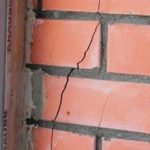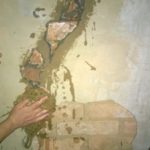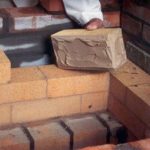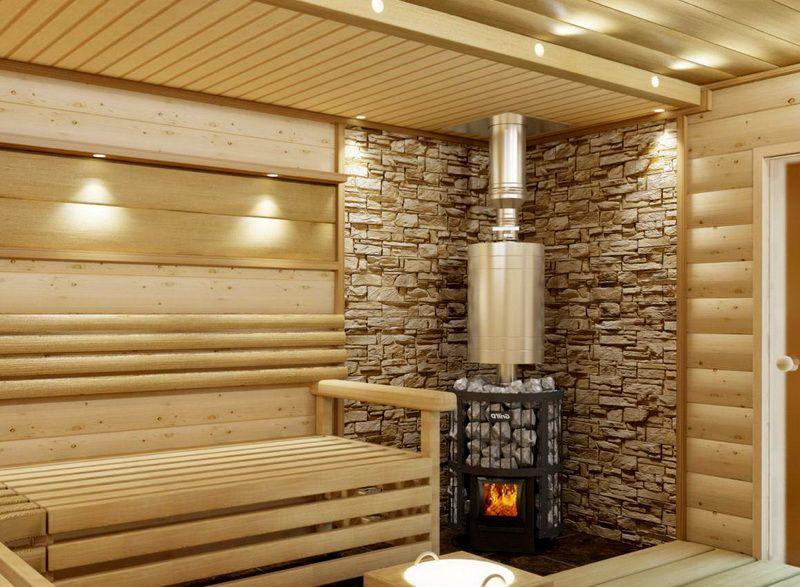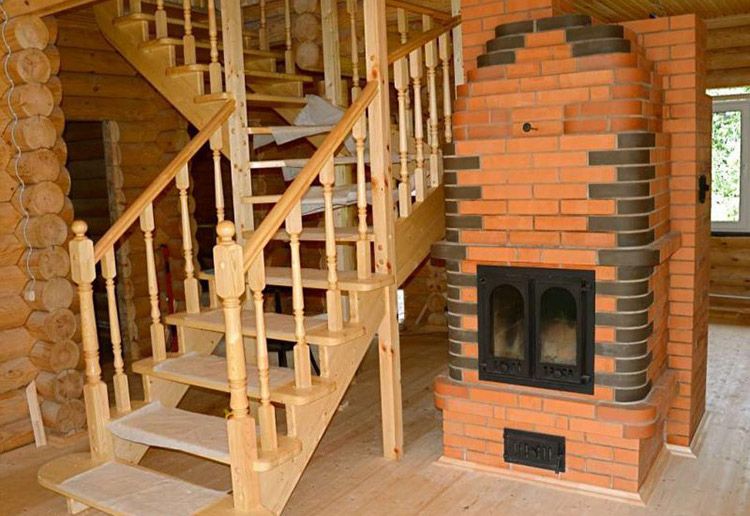How to dilute fireclay clay for a stove
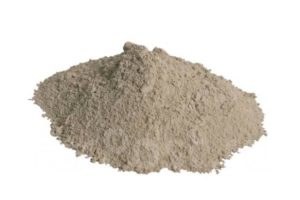 During construction, not only the design and work plan, but also the choice of materials plays an important role. Often it depends more on how durable and reliable the structure is. The greatest demands are placed on those materials whose use is expected to operate under conditions far from normal: be it strong winds, frost or high temperatures and humidity. Fireclay clay just belongs to the category of materials that are able to maintain their properties under extreme operating conditions, for example, in furnaces.
During construction, not only the design and work plan, but also the choice of materials plays an important role. Often it depends more on how durable and reliable the structure is. The greatest demands are placed on those materials whose use is expected to operate under conditions far from normal: be it strong winds, frost or high temperatures and humidity. Fireclay clay just belongs to the category of materials that are able to maintain their properties under extreme operating conditions, for example, in furnaces.
The content of the article
What is fireclay clay?
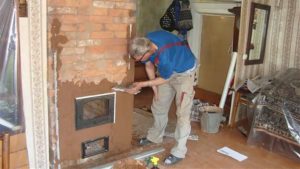 Fireclay clay is essentially burnt kaolin, which is usually called fireclay. Kaolin is one of the types of rocks that has high viscosity and plasticity. In addition to the main element, it may contain impurities in the form of oxides of potassium, calcium, magnesium and sodium, hydroxides of iron and titanium, as well as numerous sulfides.
Fireclay clay is essentially burnt kaolin, which is usually called fireclay. Kaolin is one of the types of rocks that has high viscosity and plasticity. In addition to the main element, it may contain impurities in the form of oxides of potassium, calcium, magnesium and sodium, hydroxides of iron and titanium, as well as numerous sulfides.
For use, kaolin is fired at temperatures of about 1500 degrees Celsius, which allows the mineral to be rid of unbound water content. This procedure, in essence, produces finished fireclay.Impurities are removed both during the firing process and during further enrichment.
Heating kaolin to such high temperatures reduces the output ductility of fireclay, but at the same time it acquires its main feature - high fire resistance. Such fireclay is subsequently crushed for further use both to a dispersed state (sand) and to small pieces (crushed stone)
According to processing technology, fireclay is divided into two types:
- highly polished;
- low annealed.
They differ from each other in the percentage of water absorption: it is lower at higher annealing temperatures.
How to dilute fireclay clay for a stove
Preparing a solution from fireclay is considered a difficult task, so it is important to approach this matter carefully, since a properly prepared mixture is the key to a reliable and durable design.
IMPORTANT! You should think about preparing the mixture in advance, since it is necessary to pre-soak the clay for several days.
Cooking steps
In order for the resulting chamotte solution to have all the declared positive qualities, it is necessary to strictly follow all the rules for its preparation. To do this, you should adhere to the following algorithm of actions:
- The clay is poured into a container in which mixing will be done.
- An admixture is laid out on top: fireclay or quartz sand. There should be proportionally more of them than crushed clay by 2–5 times.
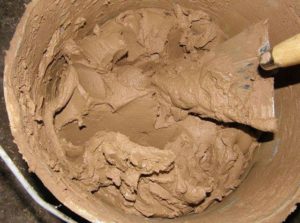
- The dry mixture is poured with water on top.
- Mix everything with a spatula, construction mixer or drill with a special attachment until a homogeneous mass is obtained.
- The container is tightly closed and left for three days. It is necessary to close it so that the liquid does not leave the container.
- At the end of the soaking period, the mixture is thoroughly mixed again, after which you can begin to work.
REFERENCE! Less fireclay sand is required than quartz sand.
If you neglect to properly prepare the solution, you may end up with an indigestible mass that is unlikely to be suitable for any construction work. In order not to waste the material, strictly follow the specified algorithm - this will allow you to get a solution that will last a long time in your furnace masonry.
What to do if the clay solution has dried out or turned out to be the wrong consistency
Unfortunately, even a professional layer cannot avoid such incidents, when the solution is of the wrong consistency. The proportions of crushed stone, sand and water are often selected by eye, and when the clay swells for three days, its condition can change in different ways: due to differences in temperature, humidity and similar nuances, which are difficult to influence in non-laboratory conditions.
The ideal consistency of diluted fireclay clay should resemble thick sour cream and not include lumps. If the solution does not satisfy this requirement, then you should analyze the situation and come to an appropriate solution.
If there is a lack of moisture, add water. The presence of a sufficient amount of water directly affects the plasticity of the mixture and its adhesion. If the moisture content is low, the mixture will not apply well and will crack.
If the solution turns out to be too liquid, then sand should be added to it. There is no need to leave the mixture for a few more days.
IMPORTANT! You should not prepare clay solution in large quantities.If you plan to work over several days, then instead of diluting the mixture daily, you should give preference to portioned preparations made with a temporary run-up.
Advantages and disadvantages of fireclay clay
Fireclay clay for plaster has gained its popularity for a reason. Its advantages:
- Durability. When used correctly, fireclay clay does not deteriorate for a relatively long time.
- High adhesion. This quality allows the clay to have excellent adhesion to almost any surface it comes into contact with.
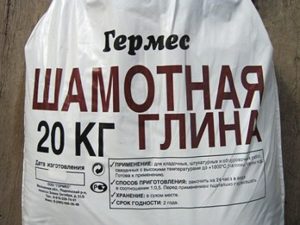
- Vapor permeability. This material will not become damp over time due to concentrated moisture nearby.
- High fire resistance. Can be used in ovens and similar conditions unsuitable for other materials.
- Safety and environmental friendliness. The clay is free of toxins and is of natural origin.
- Excellent arrangement with fireclay bricks due to the same linear expansion coefficient.
- Uniformity during heating. The expansion of the material with increasing temperature occurs gradually, and the appearance of cracks in it is excluded.
It is not without its shortcomings. Like all materials, fireclay is excellent for use in some conditions, and behaves poorly in others. The main negative qualities of fireclay clay usually include:
- high cost;
- complex preparation of the correct solution.
The first drawback can be rethought by comparing the properties of fireclay clay with other binding materials, and based on the price-quality ratio, a final decision can be reached. The second is simply solved by a clear sequence of actions when mixing the solution.

